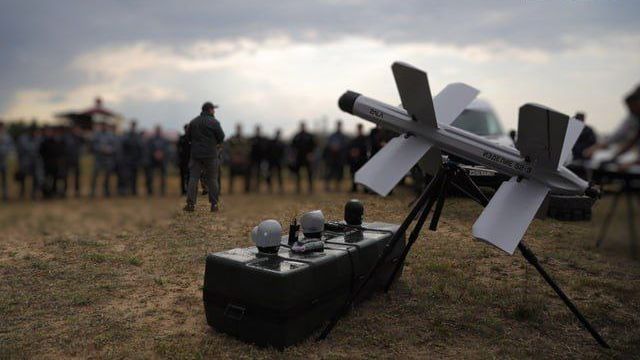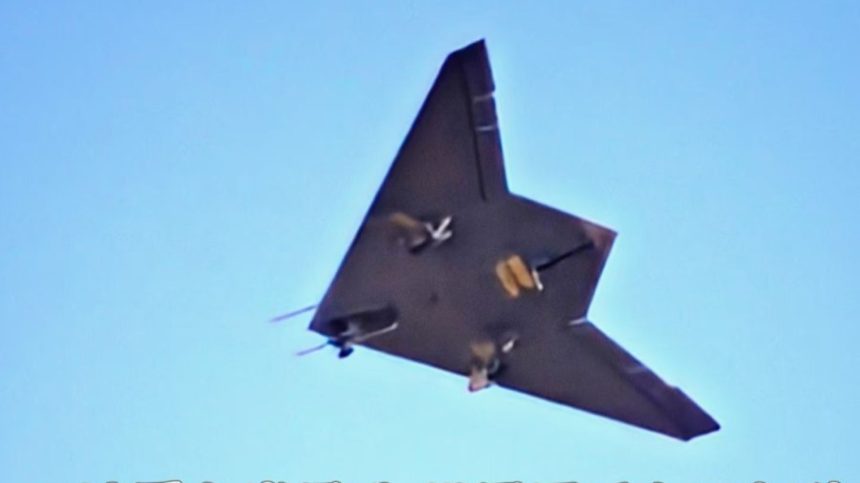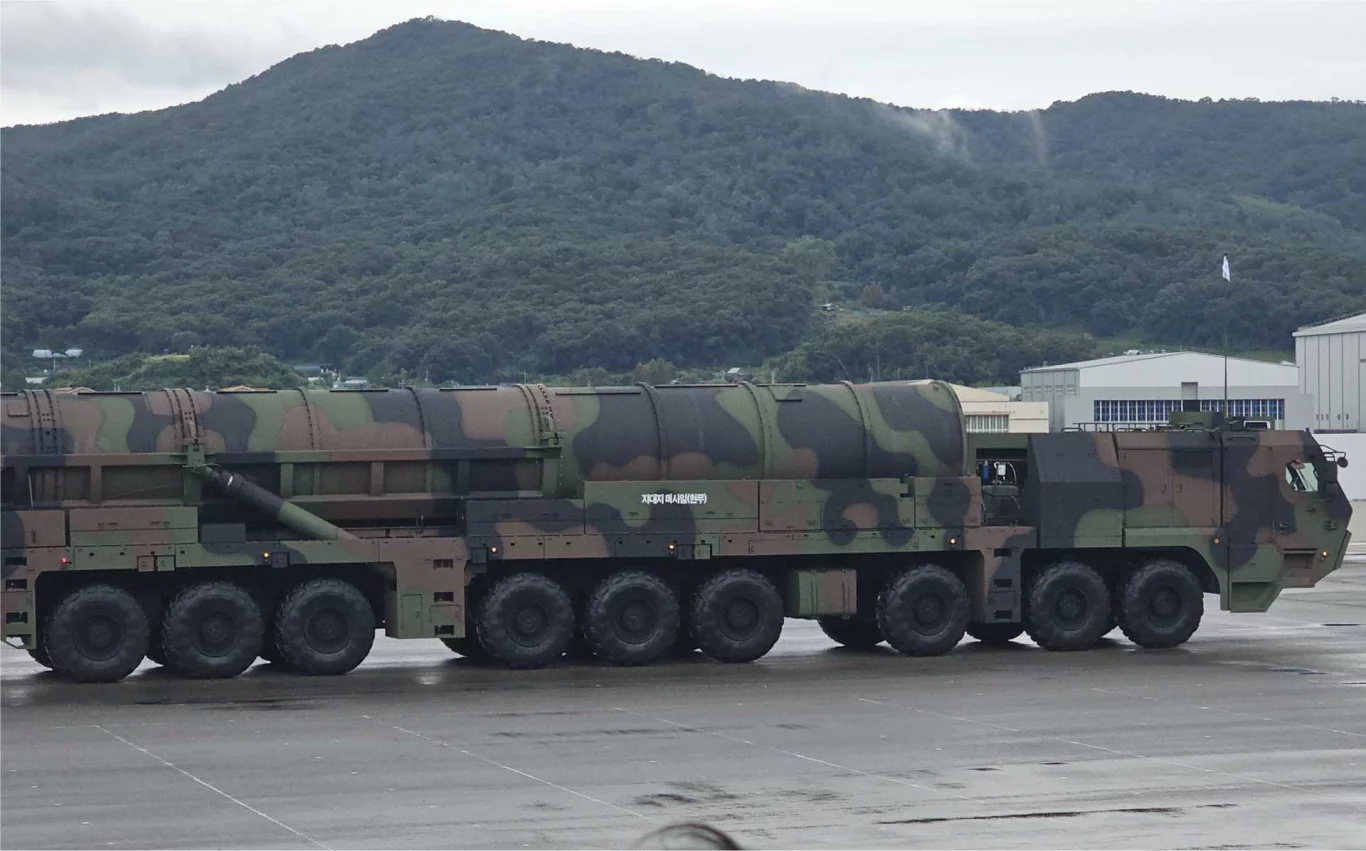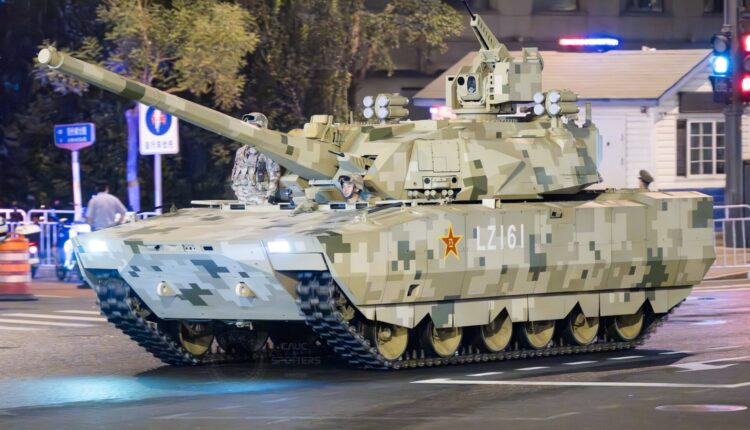On July 16, ZALA Aero Group unveiled its upgraded line of reconnaissance and loitering munition drones, showcasing the enhanced Lancet (Item 51 and Item 52) and the Z-16 reconnaissance drone to elite Russian forces, including SOBR and OMON units. These latest variants feature significantly upgraded communication channels, allowing them to operate in contested electronic environments where Ukrainian forces routinely deploy satellite signal jammers and advanced electronic warfare tools. The upgrades also include intelligent guidance systems that allow the drones to navigate and target autonomously, even in GPS-denied zones.
Since its initial deployment in Syria in 2019, and more prominently in Ukraine from mid-2022, the Lancet drone has transformed into one of the most effective battlefield tools in Russia’s arsenal. Originally developed as a low-cost precision strike UAV, the Lancet gained real-world traction when it began widespread use in Ukraine following Russia’s invasion in February 2022. The drone has proven highly adaptable, with rapid upgrades in warhead power, range, flight time, and now artificial intelligence integration. These changes reflect the battlefield’s growing demand for smarter, more resilient systems that can deliver pinpoint strikes under electronic interference.
Production of the Lancet has surged dramatically since its combat debut. Open-source intelligence reports suggest that by December 2023, the drone was used in 872 attacks, hitting or destroying 698 targets—a success rate exceeding 80%. By February 2024, the number of strikes had climbed to 1,163, with May alone seeing 285 recorded strikes. A key factor behind this scale-up was the establishment of a new production facility, revealed in Russian media in July 2023, which tripled output capacity. This reflects Moscow’s strategy to prioritize drones as force multipliers in the face of conventional warfare challenges.
Key improvements to the Lancet’s architecture have solidified its reputation. Initially, the Lancet-3 had a flight time of around 40 minutes and carried a 3-kg warhead. By late 2022, these figures had increased to a full hour of endurance and a warhead weight exceeding 5 kilograms, significantly boosting its lethality against armored vehicles and fortified positions. In March 2023, Item 52 received a new electro-optical guidance system, boosting precision strike capability. Later that year, its strike radius was extended to nearly 70 kilometers—up from an original 40 km—along with upgrades that enabled operations under low-visibility and nighttime conditions.
The drone’s most revolutionary feature is its AI-driven autonomous targeting system. This artificial intelligence component enables the Lancet to independently identify, classify, and prioritize targets such as air-defense systems and high-value battlefield assets. Integrated with video recognition modules and optical sensors, the AI suite reduces human error and boosts operational efficiency—offering a next-generation capability previously reserved for only the most advanced Western UAVs.
Developed by ZALA Aero Group, a subsidiary of Kalashnikov Concern, the Lancet is a loitering munition combining surveillance and strike functions in one platform. Its compact form and X-wing design aid in aerodynamic performance, while composite materials make the drone lightweight yet durable. Its Czech-made AXI 5330 electric motor delivers efficient propulsion with a low infrared signature, making detection by heat-seeking systems extremely difficult.
Two core variants exist: Item 51 (Lancet-3) for heavier payloads, and Item 52 (Lancet-1) for rapid, agile operations. The drones can be armed with high-explosive, fragmentation, or shaped-charge warheads to handle a broad spectrum of targets—from personnel to armored vehicles. A modular airframe allows for fast adaptations in the field, making the platform highly versatile.
Navigation is managed by U-Blox modules with robust anti-jamming and anti-spoofing technology. Optoelectronic cameras and TV-guided terminal phases ensure strikes are accurate even under strong electronic interference. This blend of intelligence, resilience, and agility gives the Lancet an edge in modern electronic warfare-heavy environments.
What further distinguishes the Lancet is its low cost—estimated at around $35,000 per unit—making it dramatically cheaper than traditional missile systems while offering similar or even superior strike capability in specific roles. Its compact launch system, which resembles a portable suitcase, allows it to be operated by small tactical units in fluid combat zones. The drone’s ability to loiter, identify targets in real time, and strike with minimal collateral damage makes it a preferred choice for counter-artillery and SEAD (Suppression of Enemy Air Defenses) missions.
The drone’s real strength, however, lies in its ability to work in tandem with other UAVs, such as the ZALA Z-16. These hunter-killer teams conduct real-time surveillance and execute precision strikes deep behind enemy lines. Their small size and stealth profile make them hard to detect and intercept using conventional radar systems. This tactical versatility has made the Lancet a critical tool for disrupting enemy command structures and neutralizing air-defense threats.
The Lancet-E variant, displayed at the Army 2024 International Military-Technical Forum, is aimed at foreign buyers. It includes upgraded thermal optics for night operations and enhanced video stability. Russia’s state arms exporter, Rosoboronexport, launched a global marketing campaign for the Lancet-E, emphasizing its combat-proven reliability. With an estimated export potential of over 1,000 units, the drone has generated interest among nations seeking cost-effective yet capable UAV solutions. Offers for joint production and licensing are also being proposed, demonstrating Moscow’s intent to use drone exports as geopolitical tools.
Yet, even with these advancements, challenges remain. The Lancet still relies on Western components, such as U-Blox GPS modules and NVIDIA’s Jetson TX2 processors for AI recognition. Despite sanctions, many of these components find their way into Russian drones through complex supply chains. While Russia is working on domestic alternatives, full self-sufficiency remains a work in progress.
The Lancet’s battlefield dominance has led Ukraine and its allies to develop countermeasures, including electronic jammers and physical barriers such as mesh cages. While some tactics have succeeded, the drone’s enhanced guidance and anti-jamming resilience continue to pose a serious threat. The constant evolution of offensive and defensive systems reflects the rapidly shifting dynamics of drone warfare, where innovation is the key to battlefield supremacy.
From a relatively simple loitering munition to a highly intelligent, AI-powered strike platform, the Lancet has emerged as a symbol of Russia’s ability to adapt rapidly under fire. Its widespread deployment and export ambitions signal a future where low-cost, high-impact drones reshape the nature of armed conflict across the globe.




